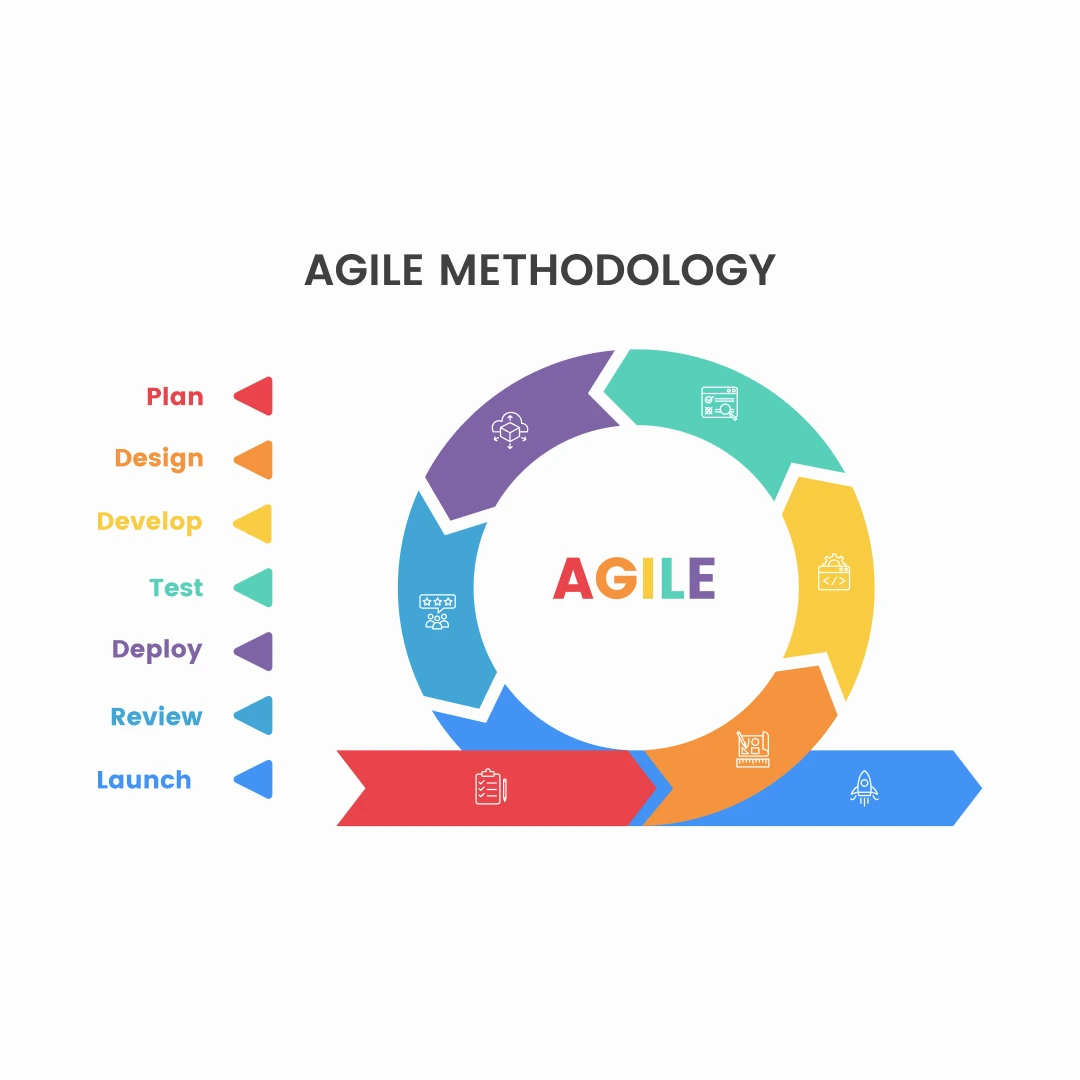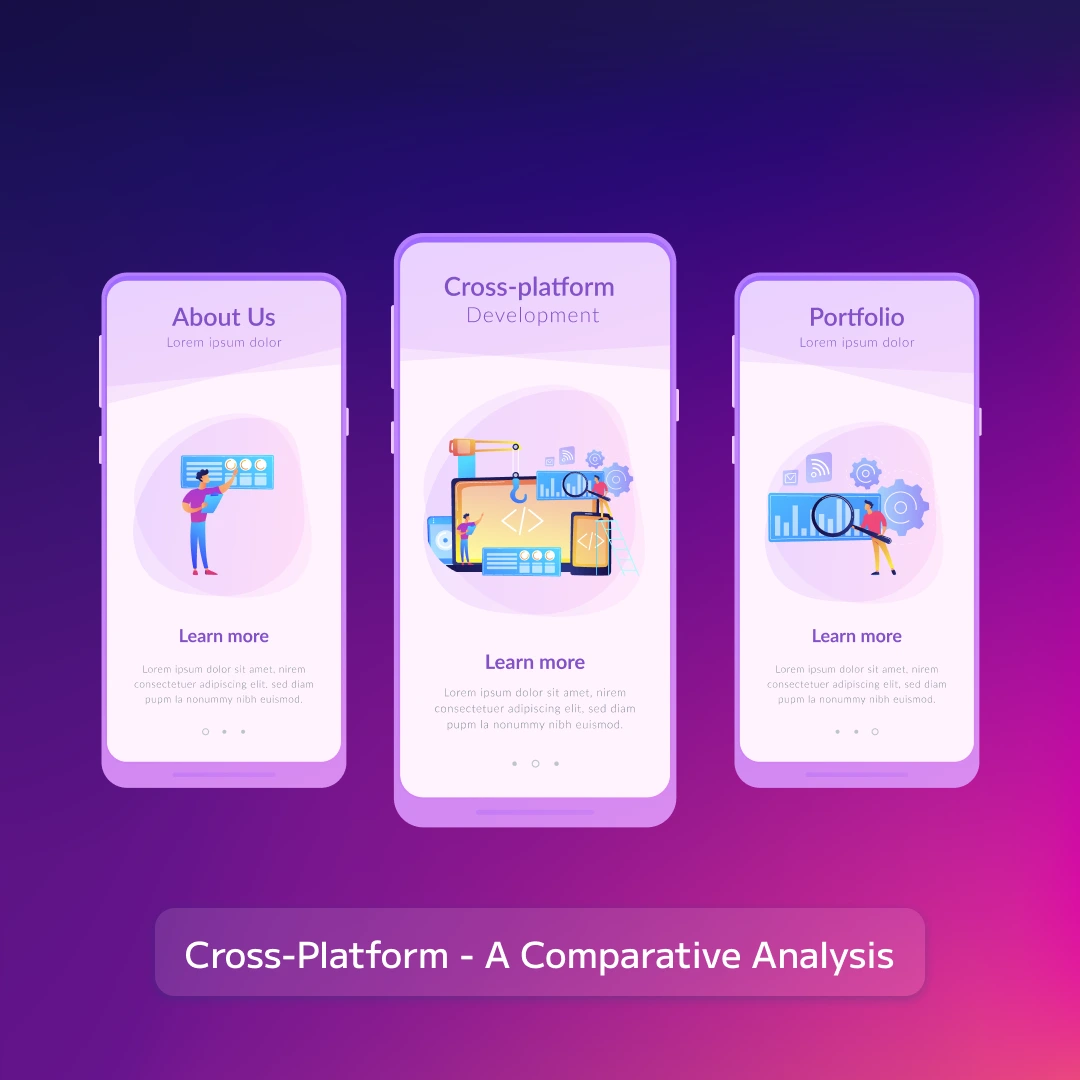

Table of Contents
- Starting without a clear vision - expectation or goal
- Setting unrealistic expectations
- Inaccurate planning and budgeting
- Ignoring the user prospective
- Digital transformation is not a one-time project
- Following old patterns and being stuck mentally
Starting without a clear vision - expectation or goal
Most of the organisations know what they want to achieve, however, most of the time, the people who are directly involved in the process have a different understanding of the goal that they are striving to achieve. Ultimately, when the majority of the people are unaware of their role in digital transformation, results are not received. Instead, state your expectations without assuming that it is clear to everyone, articulate the goals of this transformation, and set KPIs. Keep in mind that the objective should be achievable, specific, relevant, and time-bound. The role of each employee participating in the process should be predefined.

Setting unrealistic expectations
If you set up unrealistic expectations for your employees, it will only lead to demotivation and failure. One should always remember that taking one small step at a time will not only improve the quality of the work but it is also the mantra for success. Doing everything together will lead to confusion and leave you burnt out without any actual progress.
Inaccurate planning and budgeting
Many companies make huge plans and immediately start executing them without even figuring out the details like budget, tools, etc. Even the employees are not evaluated whether they have the appropriate skills and knowledge to carry out the plan. Due to these incorrect work ethics, hidden costs begin to pile up due to unforeseen delays and additional training sessions. Instead, the companies should add even the buffer time and budget to their plans so they are one step ahead.

Ignoring the executive level employees
A company can only transform if employees from all the levels of management work together. However, it can also occur without any prior discussion and brainstorming of their employees leading to zero or very less engagement of them resulting in a lack of commitment even in the top management. To exemplify, if a company introduces new technologies, no one will be able to use it until training sessions are given or employees are made aware about them. It is always beneficial to talk to your employees personally from top to bottom and get to know their prospective and feedbacks through which adjustments can be made in later stages.
Ignoring the user prospective
Along with the changing trends, the needs of the customers are also constantly evolving, especially when the world is dealing with a pandemic. User satisfaction should be the ultimate goal of every digital campaign in order to achieve goals or else the product or service you are offering has no value in the market ultimately leading to failure. One should always carry out deep-dive analysis to gain insights into their audience and running trends so that they can know what the users expect from them. Always be one step ahead and never behind.
Digital transformation is not a one-time project
There are a lot of organisations that treat digital transformation as a one-time project just like any tech project after the required results are obtained which is completely wrong. The transformation should be treated as an endless journey through which you could keep up with the updated technologies and trends. If you do not think like that the transformation becomes temporary or easily reversible and the efforts and time go in vain.
Following old patterns and being stuck mentally
It is completely normal for a human mentality if it thinks that something is working fine then it should not be changed, however, this mentality is not true for every scenario, especially when you are expecting to transform digitally. In this way, the competitors can easily outrun you and have an edge by adapting ongoing trends and technologies. You will even start to lose customers when they will get a better alternative. Instead, the organisation should always be adaptive to new changes and should not be emotionally or mentally attached to any technology.






